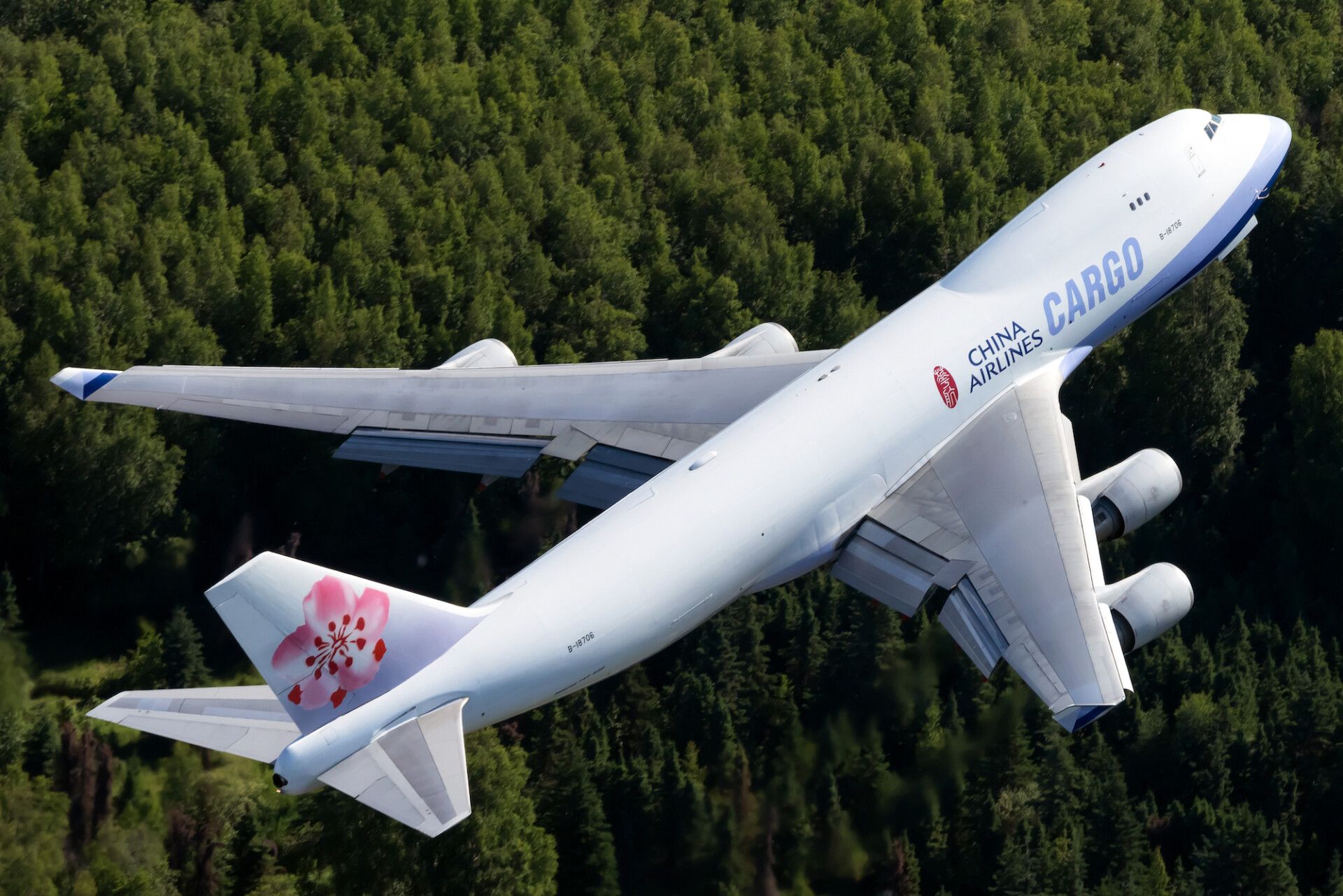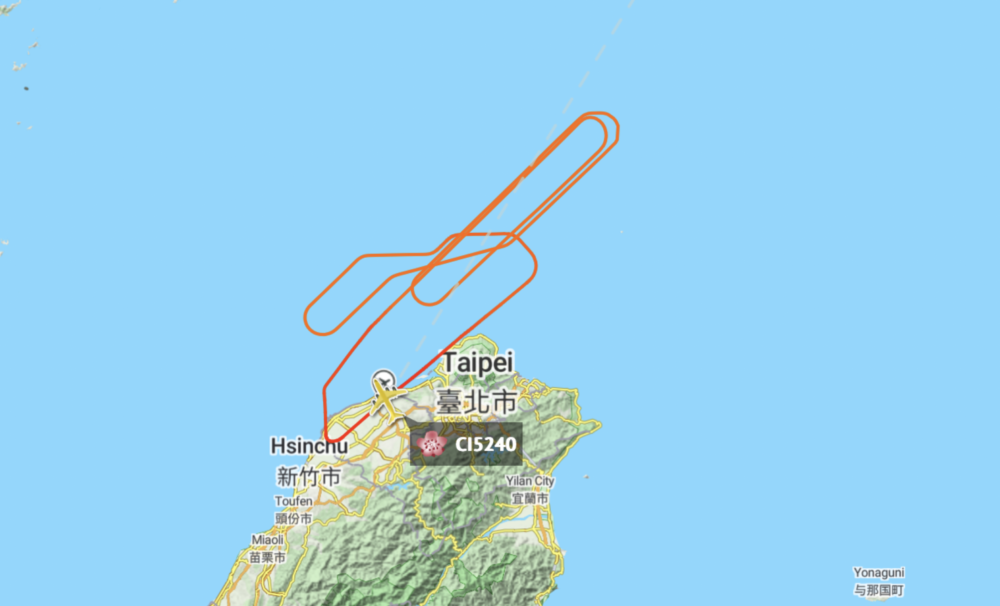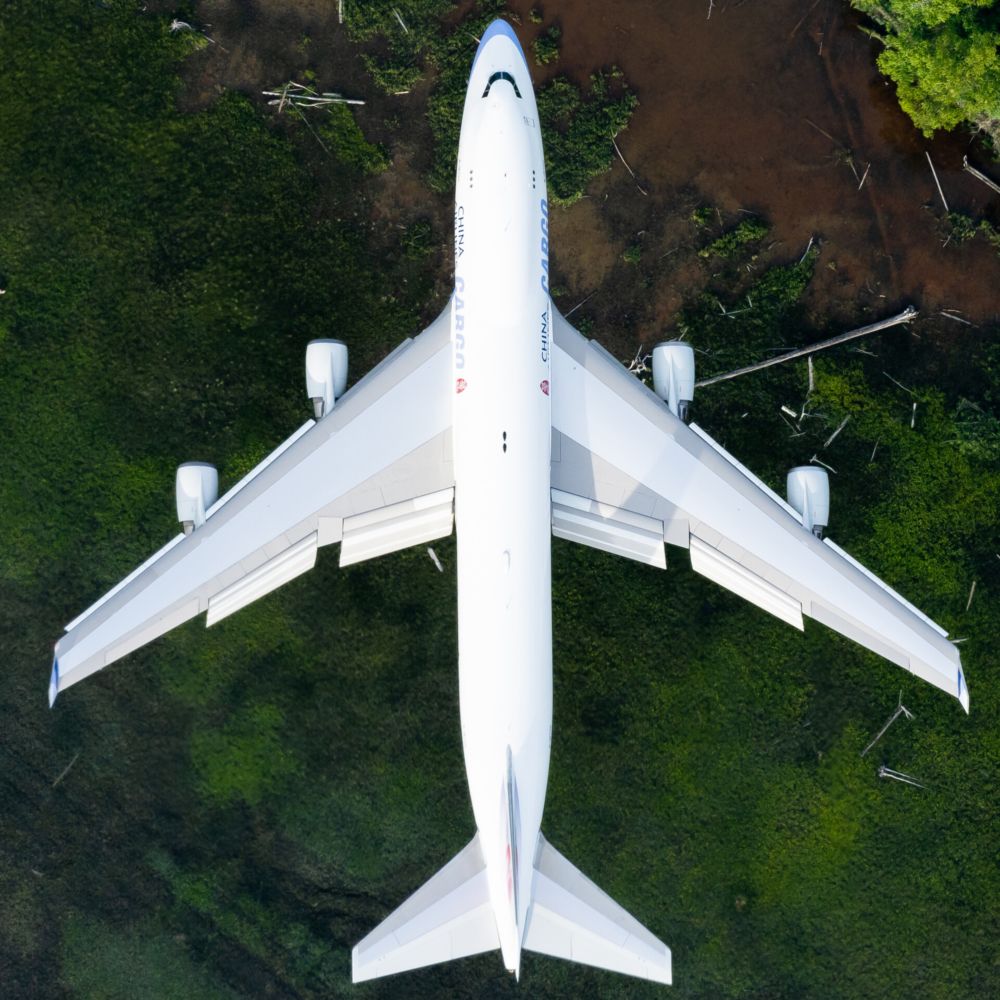On January 16th, a China Airlines Boeing 747-400F departing Taipei for Anchorage experienced engine issues during its climb. Emitting a series of bangs with streaks of flames, the aircraft's crew had to dump fuel and return to the origin airport. Let's take a closer look at this incident.
Incident details
On January 16th at 11:45 local time, a China Airlines Boeing 747-400F, registered as B-18715, took off as flight CI5240 from Taipei (Taiwan) bound for Anchorage in the US.
According to The Aviation Herald, the jumbo freighter was climbing from Taipei's runway 05L when the outboard right-hand engine (CF6) experienced problems. Sources report the engine emitted a series of bangs and streaks of flames, which prompted the crew to stop the climb at 7,000 feet and shut the engine down. The crew then dumped fuel and returned to Taipei to safely land on runway 05L at approximately 13:05 local time.
China Airlines provided a statement to Simple Flying stating:
"China Airlines cargo flight CI5240 from Taoyuan to Anchorage had just taken off at 11:45 on January 16 when there was a problem with readouts from engine 4. The aircraft remained airworthy as the other 3 engines were still operating normally. Safety is the top priority at China Airlines so the aircraft jettisoned fuel in accordance with standard operating procedures and landed safely at 13:12. The aircraft underwent a thorough inspection and has been cleared for return to service."
Incident aircraft back in the air
Despite the alarming incident involving one of its engines, B-18715 is already back in the air. The jumbo jet spent roughly 36 hours on the ground but quickly re-entered service operating its original sector to Anchorage as flight CI5242.
On January 18th, the aircraft departed Taipei at 00:48 for the eight-hour flight to Anchorage, ultimately landing at 15:53 local time on January 17th (due to the crossing of the international dateline). Spending about two and a half hours on the ground in Anchorage, the jet then departed at 18:18 local time for Atlanta.
Prior to the incident, B-18715 had flown from Seattle to Taipei on January 12th. Before this, it had touched down in Chicago, Seattle, and Anchorage.
As of November 2021, B-18715 had accumulated 77,862 flight hours across 14,244 flight cycles. Up until that point, its average stage length was five and a half hours.
China Airlines' 747F fleet
While Taiwan-based China Airlines once operated an extensive fleet of passenger Boeing 747-400s, these have since been retired. These days, the carrier's 747 operations are limited to carrying cargo- an increasingly lucrative and highly-in-demand service. The China Airlines Cargo division operates several types of freighters, including the 747-400F and 777F. There are three 777F aircraft alongside 18 747-400Fs.
When it comes to the 747 fleet, the freighters average 18 years old and have delivery dates (to the airline) ranging from July 2000 to April 2007. It appears that all 18 aircraft were delivered to China Airlines directly from Boeing, without any previous service with other operators.
Interestingly, Planespotters.net data shows that B-18722 was severely damaged during a "pressurization test inside [the] final assembly line at Everett (PAE)." This incident took place on March 3rd, 2006.
Do you have any thoughts on this incident? Let us know in the comments.



